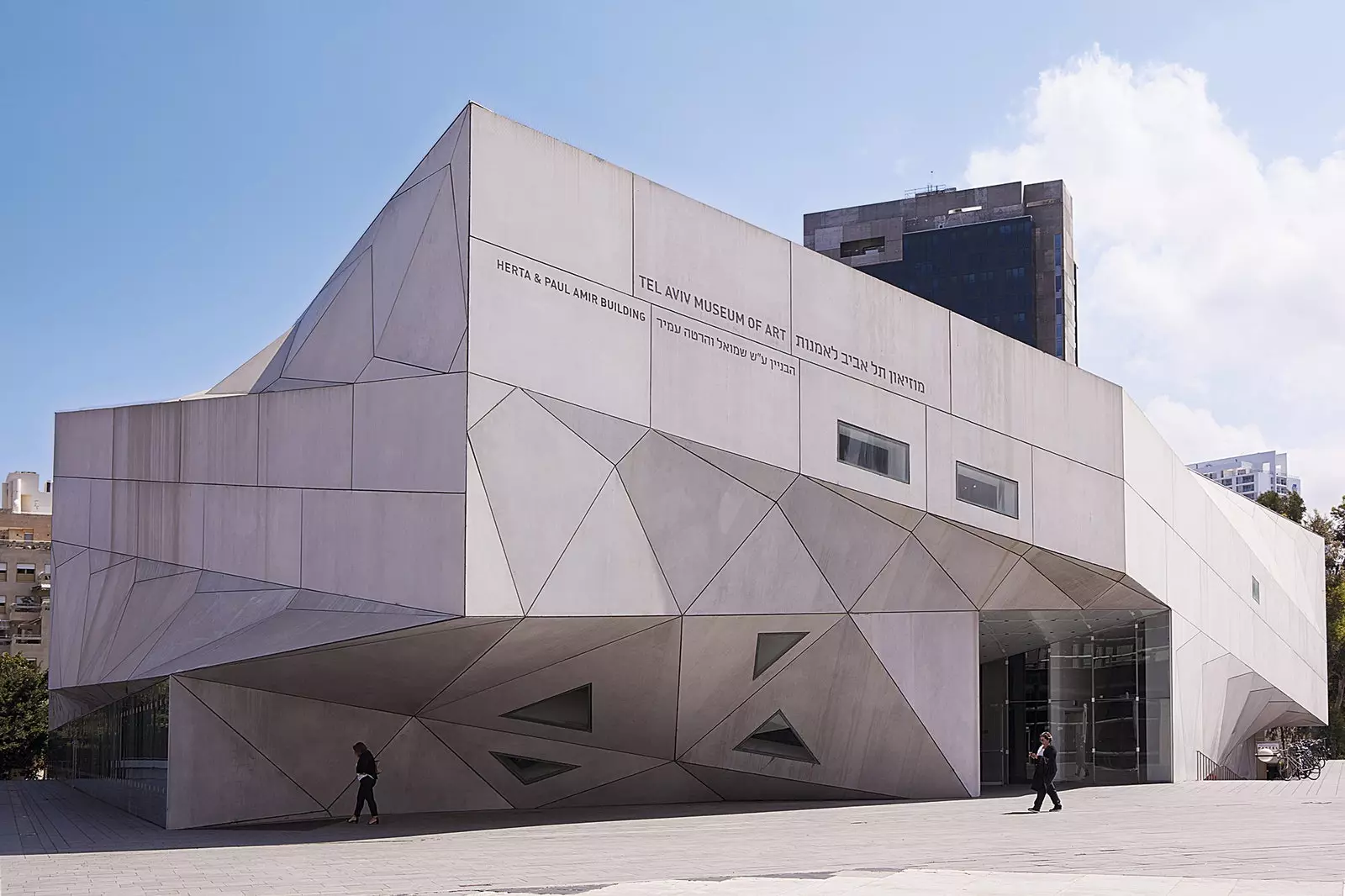
New home of the TA Museum
After a medium-distance flight and with the smell of the sea already glued to the back of our necks, we searched hard for that martin parr postcard that we have spun on Tel Aviv in recent years. A crossroads that now seems cosmopolitan and vibrant , sleepless by his growing nightlife and always in a good mood thanks to its Mediterranean climate.
The fine and warm sand of banana beach receives us concurrently thanks to the shabbat, the holy and rest day of the Jewish week that brings together endless generations of locals and tourists. There the most disparate accents flow between beers warmed by the mid-afternoon sun and the tinkling of cumbia that resonates on mobile phones.
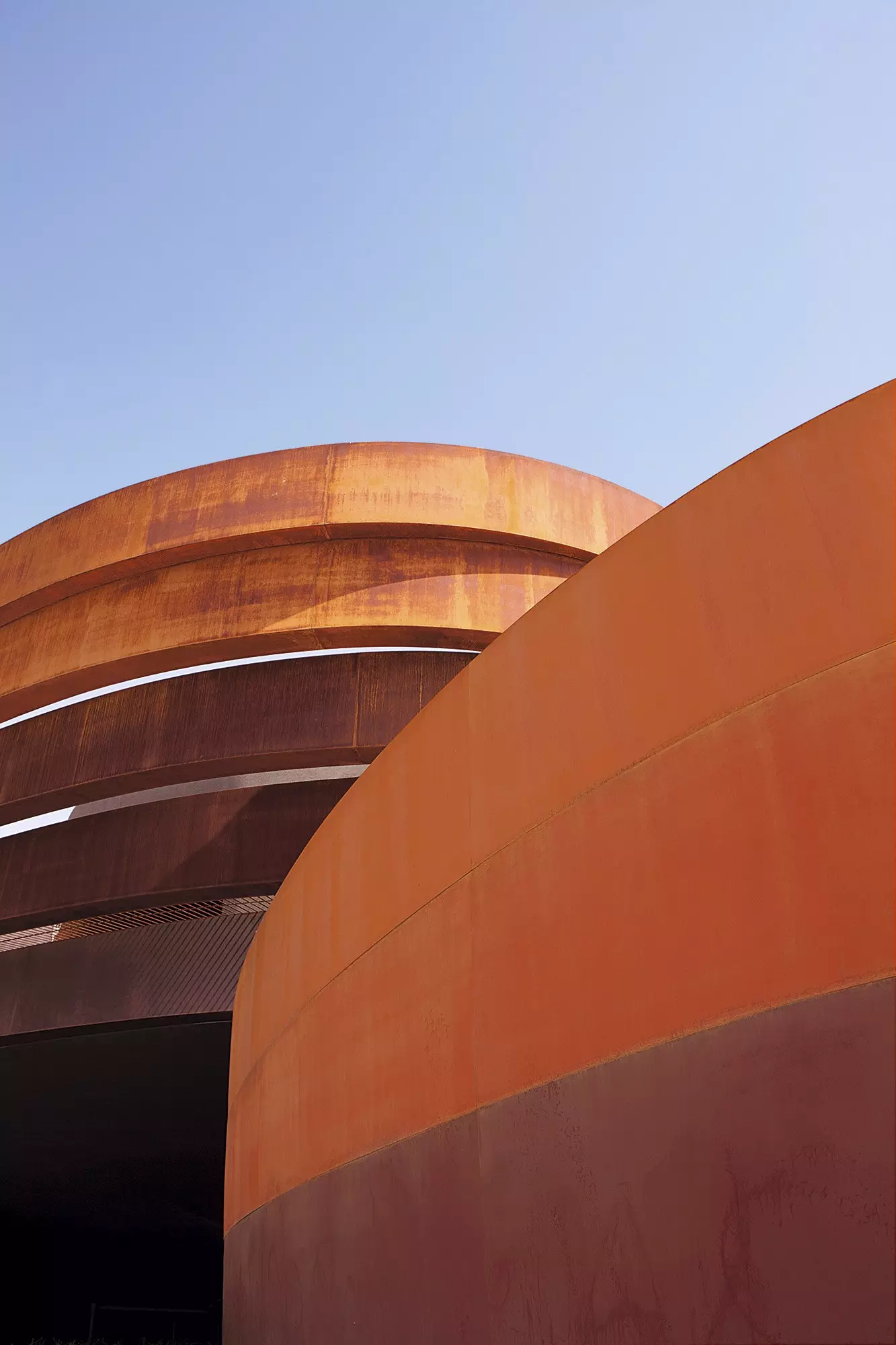
Tel Aviv, a destination for Bauhaus lovers
Guarded by a row of palm trees and that glass skyline of Hotels and homes on the beachfront , this coastal Babel connects us with its media label of Miami European. It is the warm greeting of one of the most regenerative cities in the world and the second largest in this Middle Eastern country.
On our journey towards Frishman Beach and taking the word of Moran Sohan , manager of cuckoo hotel , that tranquility on the beachfront is possible, we come across properties of questionable beauty, such as the Escher and Boardwalk buildings in Trumpeldor.
The second, a post-modernist block of apartments from the 1980s that would delight Tim Burton , it is only a remote anecdote before his true architectural DNA, the Bauhaus.
The art and design school Walter Gropius founded in 1919 -and that Adolf Hitler did not rest until it was closed in 1933 under the mandate of Mies van der Rohe- was the canvas on which it was drawn modern map of Tel Aviv.
His principle of “form follows function” fit into his urgent 1930s urban plan , allowing to build quickly and adapt to the demands of its physiognomy, marked by a desert climate and the crossing of cliffs and the mouth of the Yarkon River.
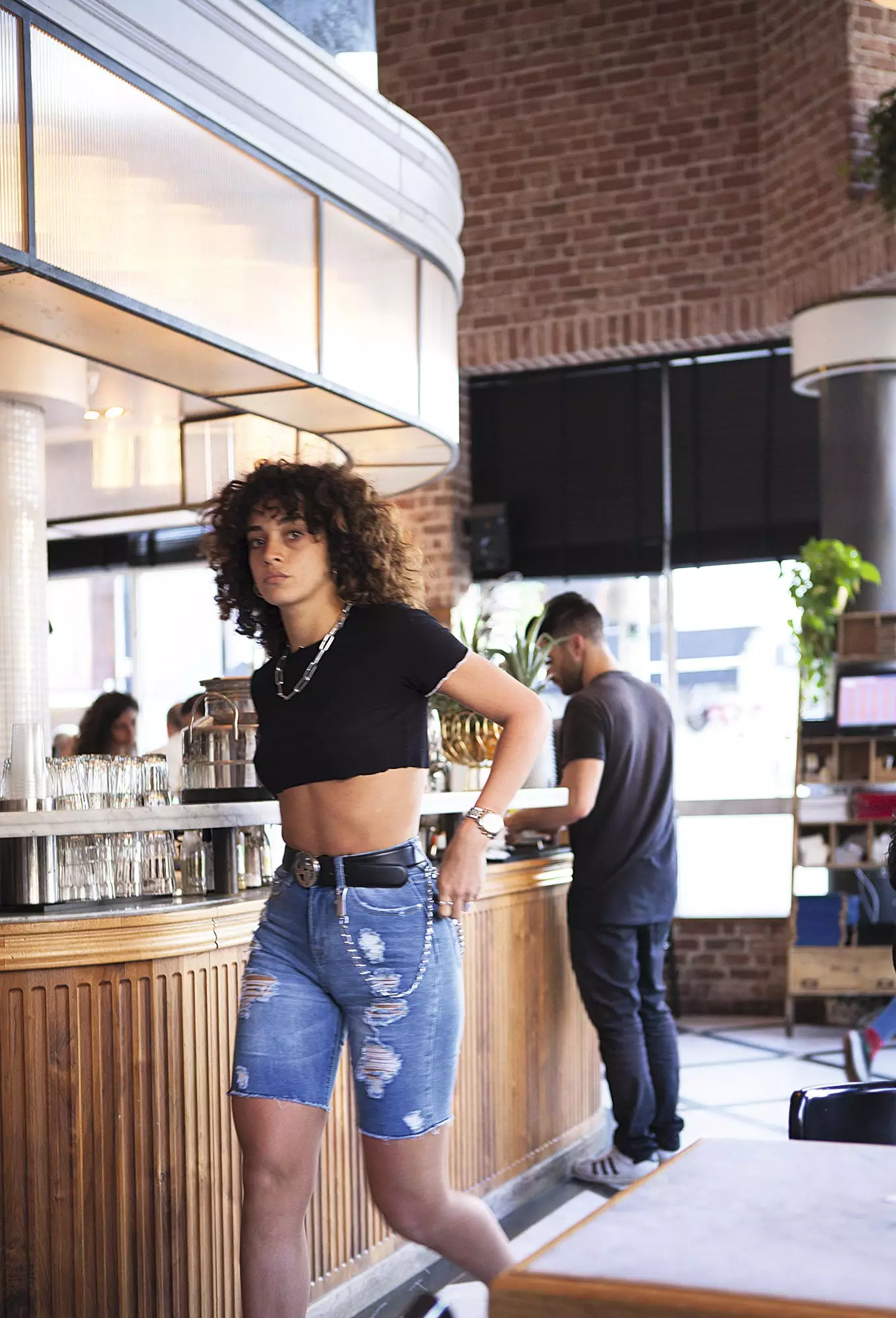
Da Da & Da Restaurant
A snowy blanket of 4,000 buildings which earned him the nickname 'White City' Due to the emblem color of the movement, it spread throughout the 50 square kilometers of its geography, among aromas of pita de the old port area of Jaffa and the charming cafes of Rothschild Boulevard.
This 'plague' of rationalist lines and exact proportions that gave Nazism so much headache, due to its socialist and internationalist vision of the urban fabric, It was declared a World Heritage Site by UNESCO in 2004. by concentrating the largest number of buildings of modern movement of the world.
To sink our teeth into such an architectural cake, we headed to the Bauhaus Center, collective established in 2000 with the purpose of propagating the white city brand as a public interest. Located in the heart of Dizengoff , has a permanent exhibition on the ground floor of photographs and books that document the Bauhaus imprint in the city and its preservation.
“The most complicated part of this project was bringing together and convincing the different neighborhoods of its relevance. Each apartment belongs to a private owner, which means that there can be between eight and twelve owners that they must come to an agreement to renovate the entire building, something very difficult”.
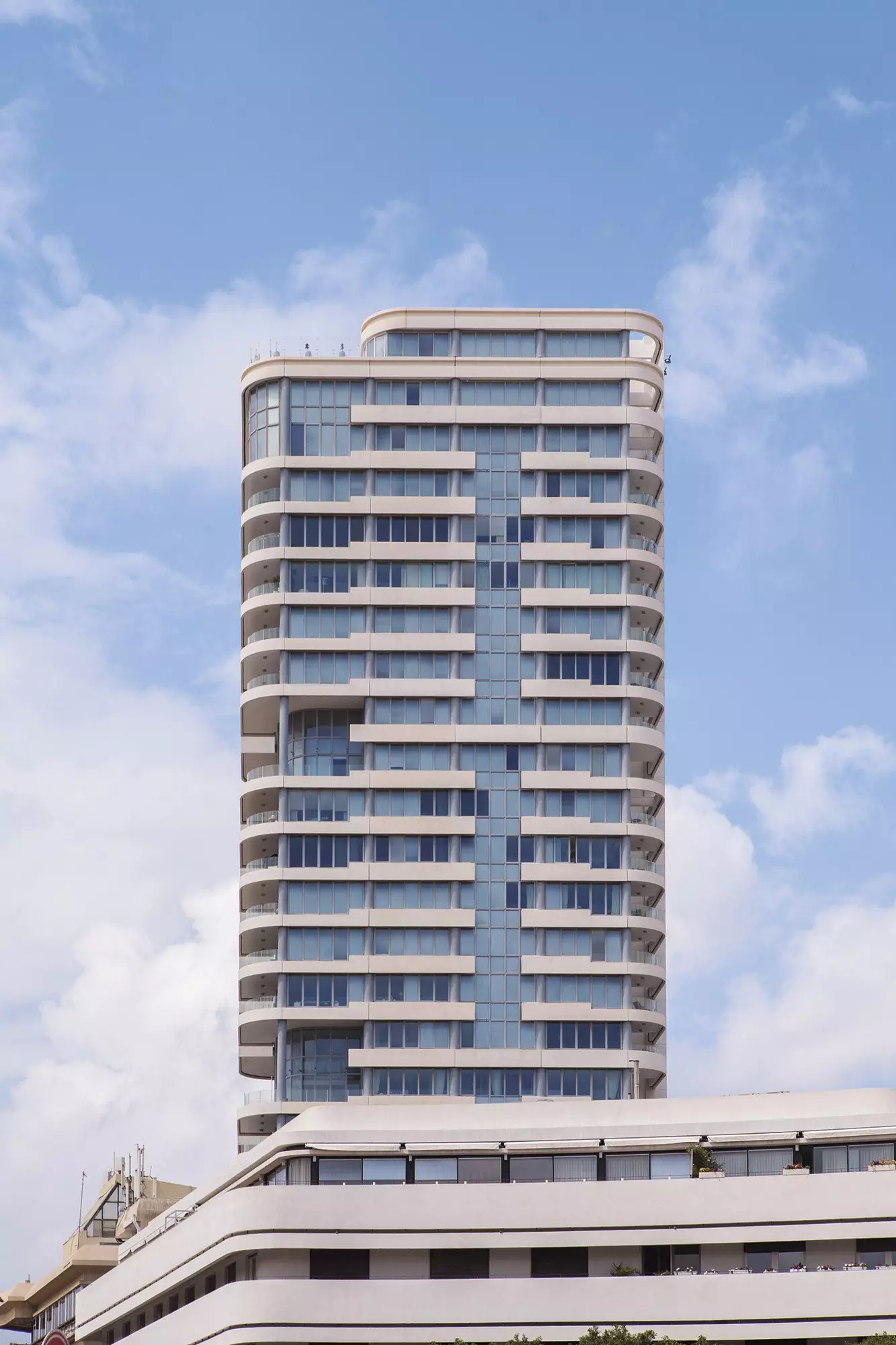
Building next to the fountain in Dizengoff Square
are the words of Micha Gross , director of the center since its creation, who points to private initiative as the main driver. As it happens in Havana and his skin weathered by time, and although some 1,500 buildings are scheduled for restoration , the architectural splendor of ** Tel Aviv ** remains anchored in the past.
It is the case of the majestic Shimon Levi House , at number 56 Levanda Street. Screened by architect Arieh Cohen in 1935, this building located to the south is an emblem of the Bauhaus movement. Its structure of curvilinear shapes and balconies on two levels gave him the nickname 'Boat House'.
A ship that waits patiently to be restored and rise with dignity as that little piece of living memory that saw the future pass before its eyes.
This particular journey involves walking with the past hand in hand and feeling the pulse of this city when, in 1930, a group of 17 Jewish Bauhaus students who fled from Germany took over its urban reins.
Although the center offers a guided walking tour every Friday of the most notable buildings, we decided to rent a bike and, with a map on this urban fabric, dust off that adventurous instinct diminished in large cities.
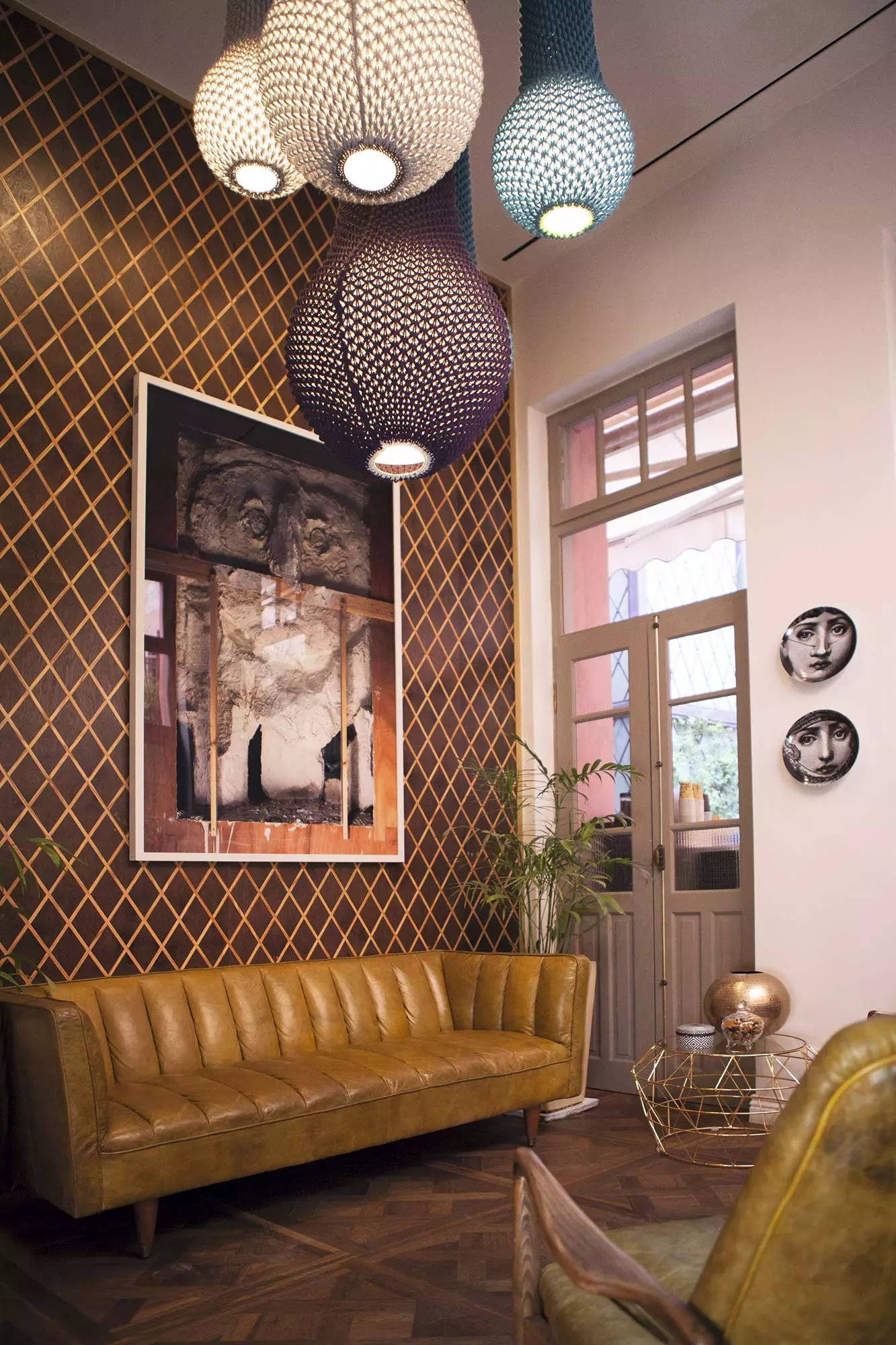
Interior of a Bauhaus house
The architectural gymkhana begins in the same Dizengoff street , one of the busiest arteries that was once referred to as Tel Aviv's Champs Elysees . After the decline it suffered in the early 1980s, it flows again the cultural and commercial effervescence that characterized it among the locals.
Start the day with a copious breakfast on the terrace Cafe Castel give away a hipster x-ray of the city. On the asphalt they emerge vintage bikes, bushy beards and normcore style. As we take the last bite a stewed tomato and egg shakshuka, we found that the functionality of their buildings also applies to their relaxed clothing.
On the way to the main square we ran into the Cinema Esther , one of the first theaters in the city, designed by the architects Yehuda and Raphael Magidovitch in 1939. Converted today into the Hotel Cinema, it maintains the original aerodynamic facade, support of the graceful curvaceousness of its balconies and symmetrical windows.
It is worth waiting for the ode to the seventh art that is housed inside, with sheets of old signs and a projector where your guests can taste sessions of classic cinema with popcorn. It is not the only case of urban reconversion that a Bauhaus cinema has suffered in its history.
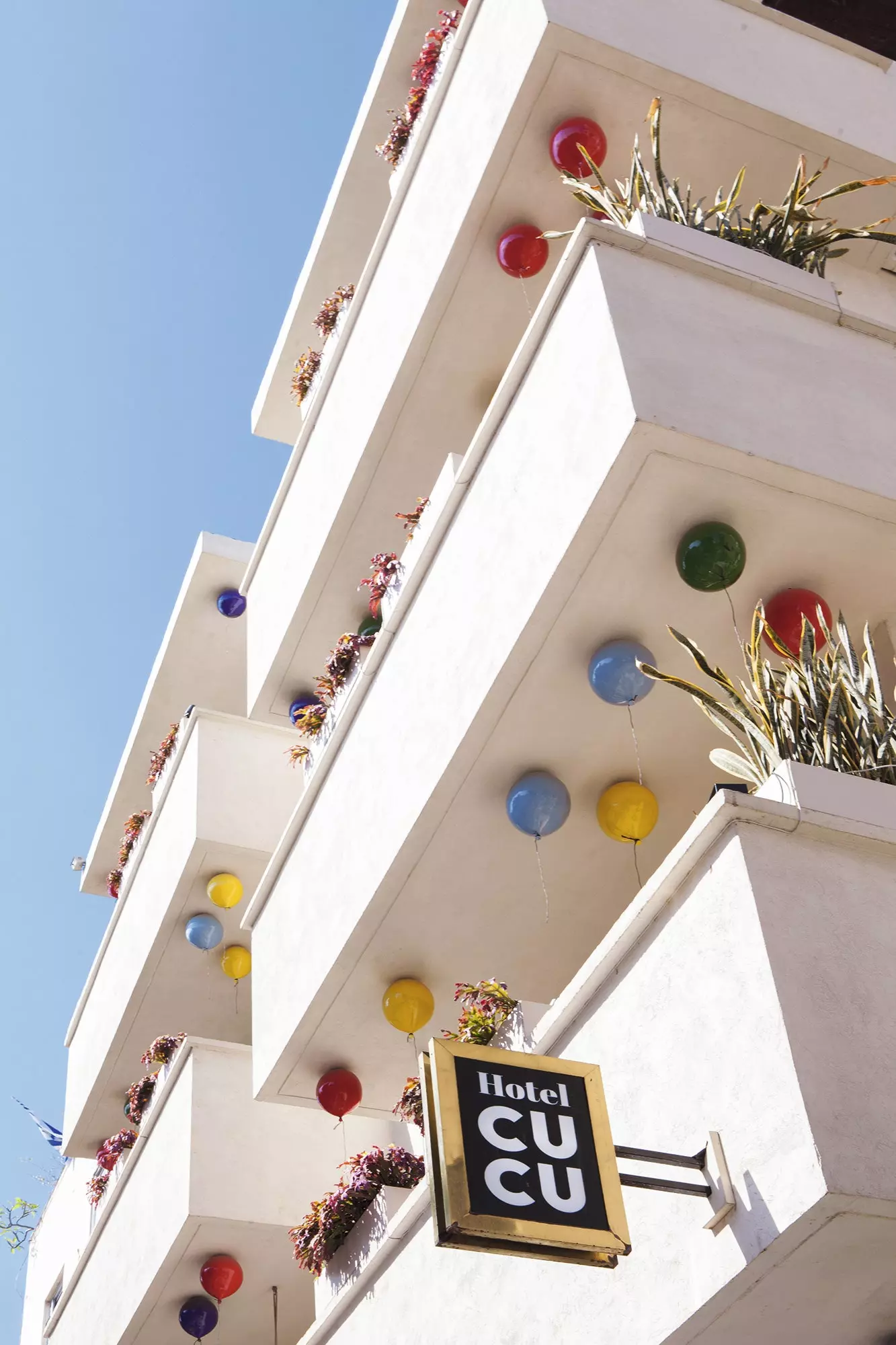
Ceramic balloons and puppies at the Cucu hotel
In the Jaffa district, the Alhambra Cinema gathered 1,100 spectators in its art deco structure. created by the company Cinema Palestine , passed into Israeli hands in 1948, acquiring the function of a shopping center and later a bank office.
In 2012 it reopened its doors as Scientology headquarters in Tel Aviv and, despite its profound reform, it maintained elements of its identity such as the small glass windows , the original lintels of the doors and the ornamentation of the facade, more like an american diner that of religious worship.
The verses of the national poet Chaim Nachman Bialik still resonate in the neighborhood that took his name and where he took up residence in 1924, now home to his house and his museum.
His garden used to host intense talks between intellectuals and politicians until the first glimpses of dawn. A few meters away, you can see the peaceful Bialik square taken over by a group of students.
There they chat and finish their lunch before returning to the Felicja Blumental music center , without paying much attention to the row of buildings in gourmand colors that surround the square.
Among them the majestic Beit Ha'Ir, the former city hall of Tel Aviv until 1965 that continues to keep its colonialist face intact. A license that the architect Moshe Cherner wanted to be taken for what would be the state residence of its most honorable mayor, Meir Dizengoff.
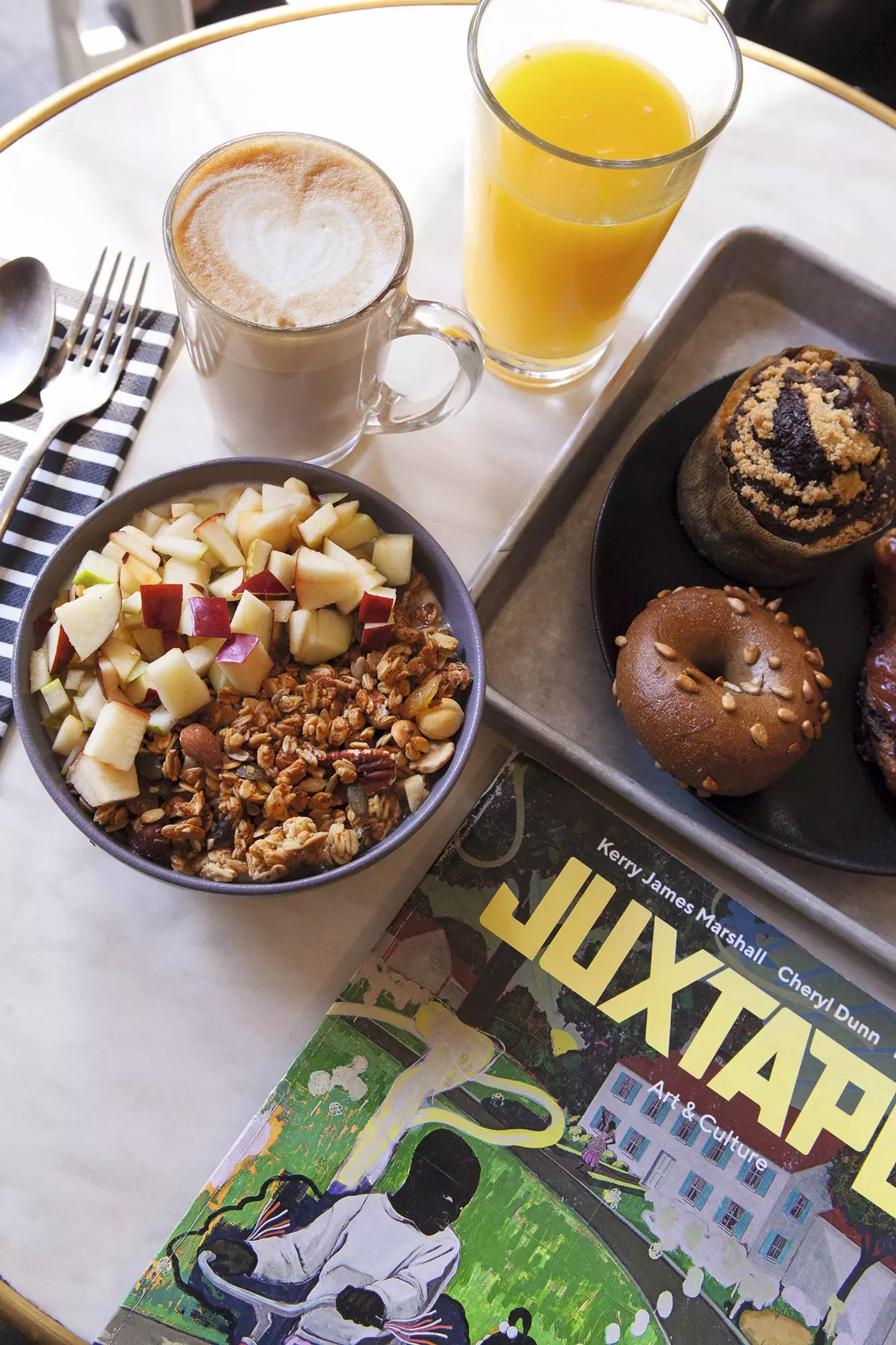
Breakfast at Cucu Hotel
That architectural eclecticism is glimpsed again in the sky blue house that the poet's friend, Shmuel Lander, ordered its construction inspired by the battlements of the walls of the Old City of Jerusalem.
On his roof they performed plays that his owner composed after walking in his best clothes with his wife, as if it were a Viennese boulevard . If we played to eliminate the fanciful ornamentation of the facade, we would find a classic plan of the movement, Now owned by art collector and philanthropist Ronald Lauder.
Renovated in 1996, it currently houses the Bauhaus-Museum with an interesting sample of interior design and design. Between noble residences could not miss the heated cafes where to discuss politics and play a game of chess.
One of the most popular, the Sapphire Coffee , popularly known as Gan Rave , has been standing since 1932, being easily recognizable by the titanic terrace who never forgave to celebrate tea time.
Located at the intersection of Allenby Street with Tchernichovsky , lived sweet moments every Thursday serving as a track for tango and charleston dances , but also other unsuccessful ones such as the 2002 attack.
Maybe its new instagram face, with vintage stools and shiny tiles under the name of Bialik Coffee play clueless, but the essence of old Ravé is still latent.
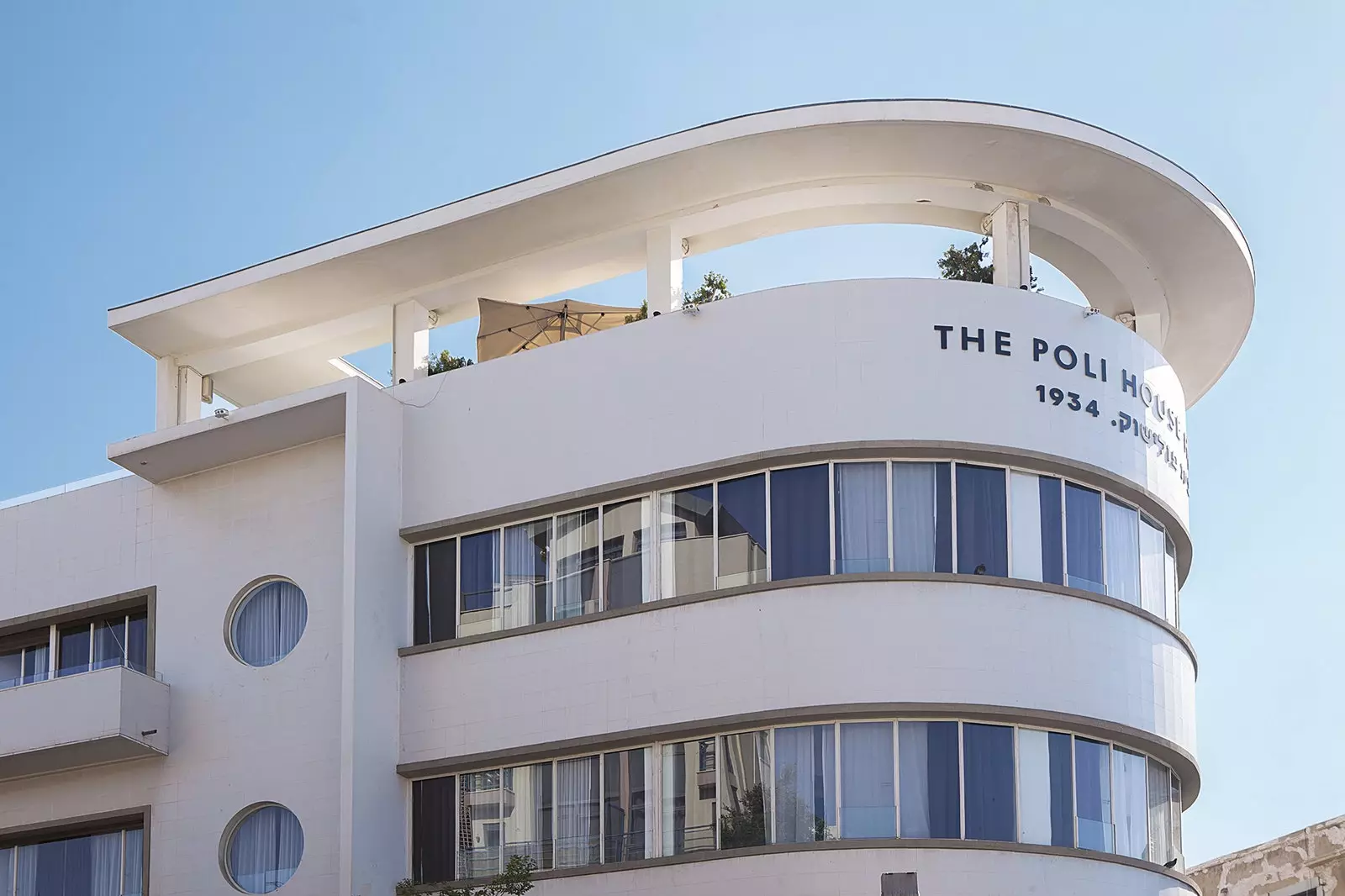
Rationalist façade of the Poli House hotel
as we gobble a snack of cheese and spinach bourekas and hot coffee , we fantasize about running into an exciting dialectic between journalists and actors when the sun goes down. Our last stop in Bialik takes us to Idelson Street , to observe rationalism at its best.
The Liebling House stands out for your cube plant and the two fissured balconies on the façade, a peculiarity of the Bauhaus in ** Tel Aviv ** that made it possible to supply high temperatures, optimizing natural weather resources such as shade and air currents.
Designed by the architect Dov Karmi in 1936 , will reopen its doors this year after an exhaustive renovation as the White City Center . An initiative of the Tel Aviv Jaffa city council and the German government to preserve the heritage of the international movement in the city.
treasures like the Anchor House , located a few meters in pinsker number 23 They urgently need their conservation. Its façade built on two levels, with protruding glass in different shades to protect themselves from the sun, they make it unique, although its decrepit state barely reveals the functional beauty of its interior.
Feeling the real pulse of the Bauhaus in the city requires getting lost in its more residential face, since most of its commissions were appointed to build private homes. The street Shlomo Hamelech It's a good start.
At number 11 is the BigelmanHouse , emblem of architectural modernity for its nautical silhouette that converges in a circular way on Tel Hai street.
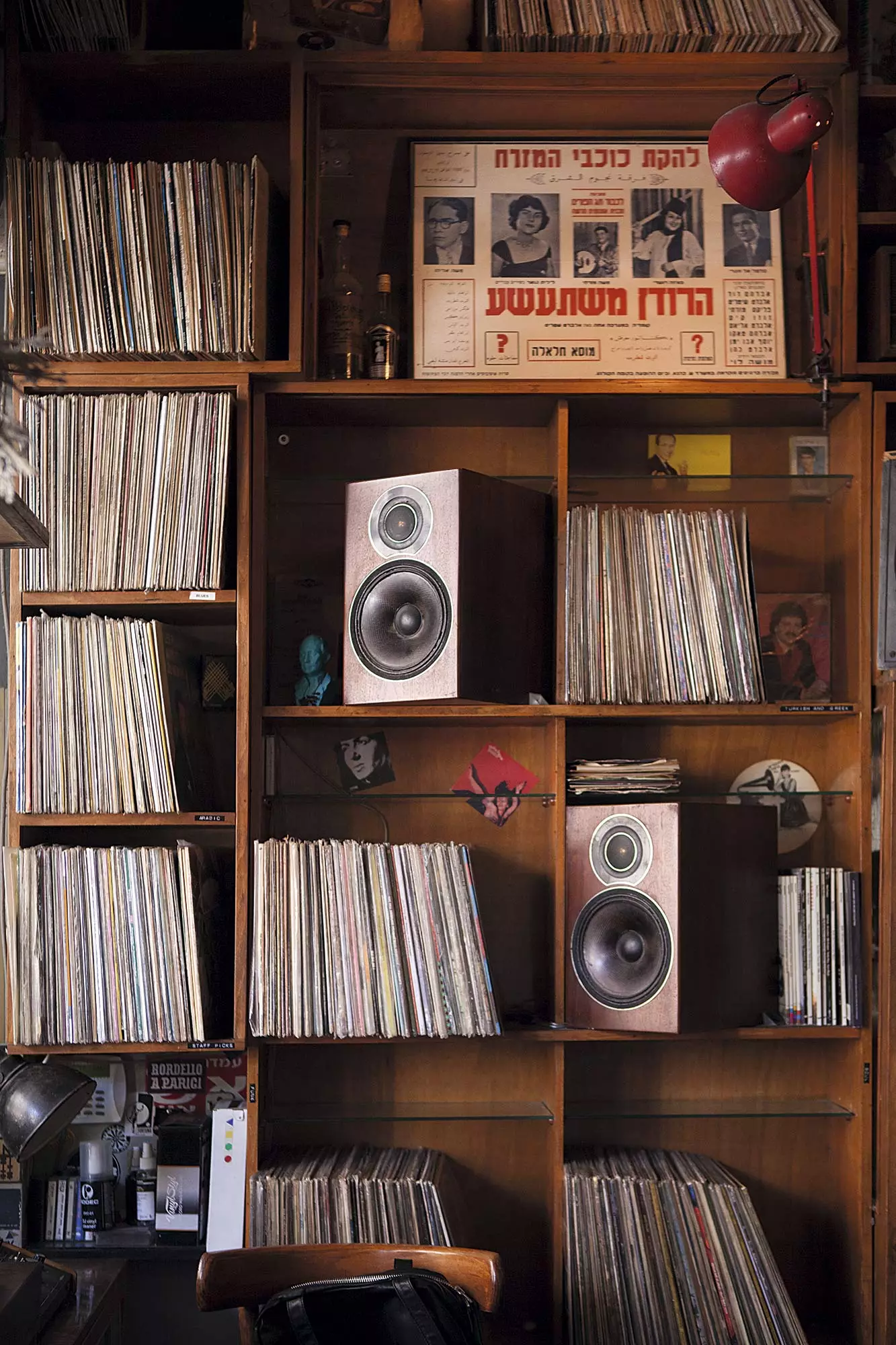
Vinyls in the Port Said restaurant
Softening the intersections to make the urban landscape more pleasant was the objective of a technique that is allied with the Mendelsohn balconies and the famous strip windows -window strip- that popularized Le Corbusier as the second leader of the movement in Paris .
A green blanket dotted with palm trees and orchid trees They invite you to cross their interior.
To the south, between the European gaze of neve tzedek and the crowded food stalls Yemeni neighborhood where to find the best hummus in town , there are elegant restaurants, financial and art centers such as the Sommer Gallery , which promotes tender Israeli art.
Rothschild Boulevard He is still as energetic as ever, even though he has more than a century of history behind him. If you were born as Rehov HaAm, "the street of the people", was the baron Edmond James deRothschild , of the legendary French banking dynasty, who gave him his present name.
Cyclists, dog groomers and office workers circulate along its wide avenue between tree-lined and charming coffee kiosks. It is hard to imagine that its regular plant was not projected as such; it was the escape of a creek in the median that propelled its creation.
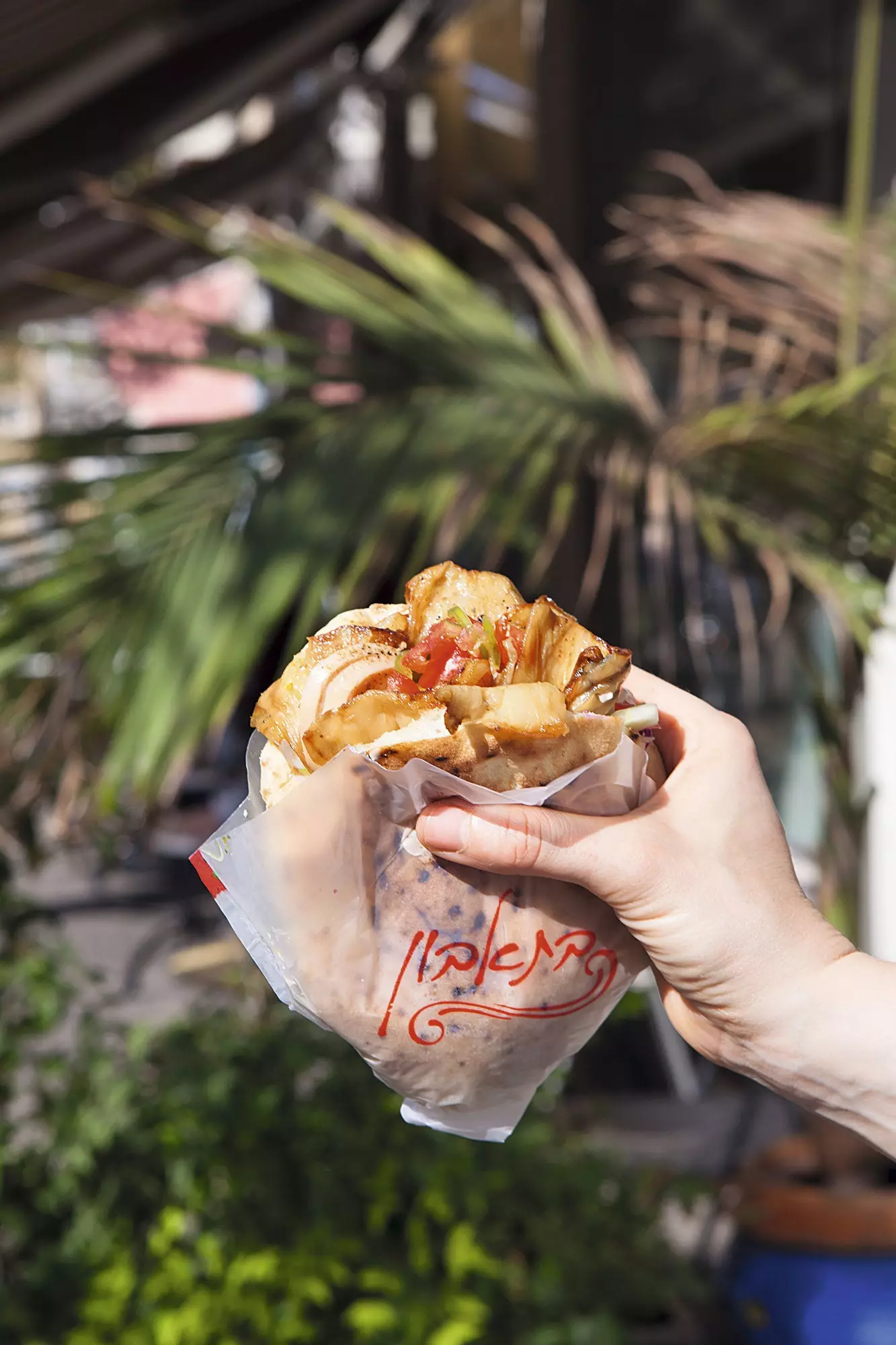
Tchernichovsky's 'Sabich'
This illustrious neighborhood has one of the best examples of Bauhaus in the city. We seek the imprint of the architect Dov Karmi in the building of its number 142, whose vertical window reveals a delicate balustrade and the garden outlined above. On this same boulevard stands the distinguished Mayor Dizengoff's house.
The Declaration of Independence of the State of Israel was signed there in 1948 and it was the seat of the Tel Aviv Museum of Art until, in 1971, he moved to Shaul HaMelech avenue . The projection of the building Herta and Paul Amir , known as 'The envelope' , is an emblem of the new Israeli architecture in the hands of Preston Scott Cohen.
Your permanent display of impressionist and avant-garde art -essential the works of surrealist Marc Chagall - coexist with photography exhibitions and a sculpture garden where you can find a well-deserved rest before continuing the route.
After satisfying the hunger for art, we also calm the literal. Savor Tchernichovsky's sabich provides strength for the last part of the journey. this succulent bite of pita bread stuffed with fried eggplant, vegetables, tahini and hard-boiled egg is quite an Israeli-Iraqi street food delight.
The gentle breeze from the palm trees and the smell of bougainvillea encourage you to keep pedaling until mace street , where the succession of Bauhaus samples seems to have no end: of the undaunted facade of the Engel House bombed in World War II to perfection the press of the Ha'aret newspaper , one of the best reconstructed parts of the city.
the house of the architects Josef and Ze'ev Berlin underwent several mutations until a double facade was achieved that reproduces the original and accentuates glass and aluminum projections.
the angle it draws the Recanati Saporta building at the intersection with Right Begin Street , transits between private life shielded by its balconies and wide viewpoints where it is better to leave any modesty inside. The last rays of the sun guide us towards the center of the city.
After digesting its architectural past, it is time to take its new pulse. And patiently waiting for a table on the **Port Sa'id terrace** is part of the sociological experiment.
Chef Eyal Shani's dishes merge with melodies played on vinyl and the hipster hustle who remains impassive before the parishioners who agree to the Great Synagogue.
“Creation and the love of beauty are essential elements for happiness”, Walter Gropius used to say. Live it in peace and harmony, too.
_*This article and the attached gallery were published in the number 125 of the Condé Nast Traveler Magazine (June). Subscribe to the print edition (11 printed issues and digital version for €28.88, by calling 902 53 55 57 or from our website ) and enjoy free access to the digital version of Condé Nast Traveler for iPad. The June issue of Condé Nast Traveler is available at its digital version to enjoy it on your favorite device. _
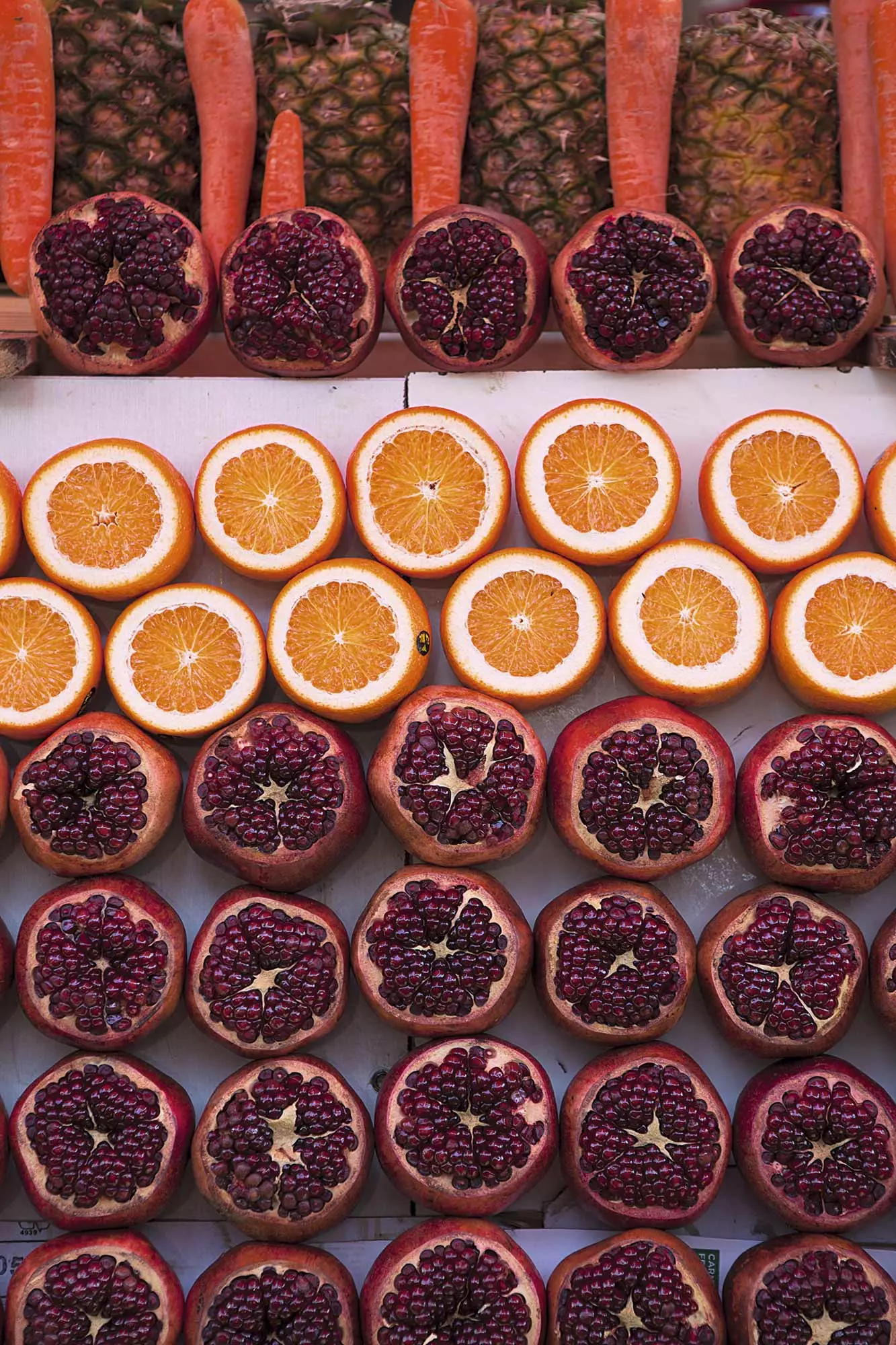
Fruits in the most famous market in the city, the one in the Yemeni neighborhood
